Nepal Earthquake Recovery – Offering Post-COVID Inspiration
Nepal’s rebound from the huge April 2015 Gorka 7.8 magnitude earthquake, which caused nearly 9,000 deaths and affected up to 8 million lives, remains inspirational. Across society the reconstruction of peoples’ lives has had to dovetail in with the rebuilding of the country’s limited infrastructure.
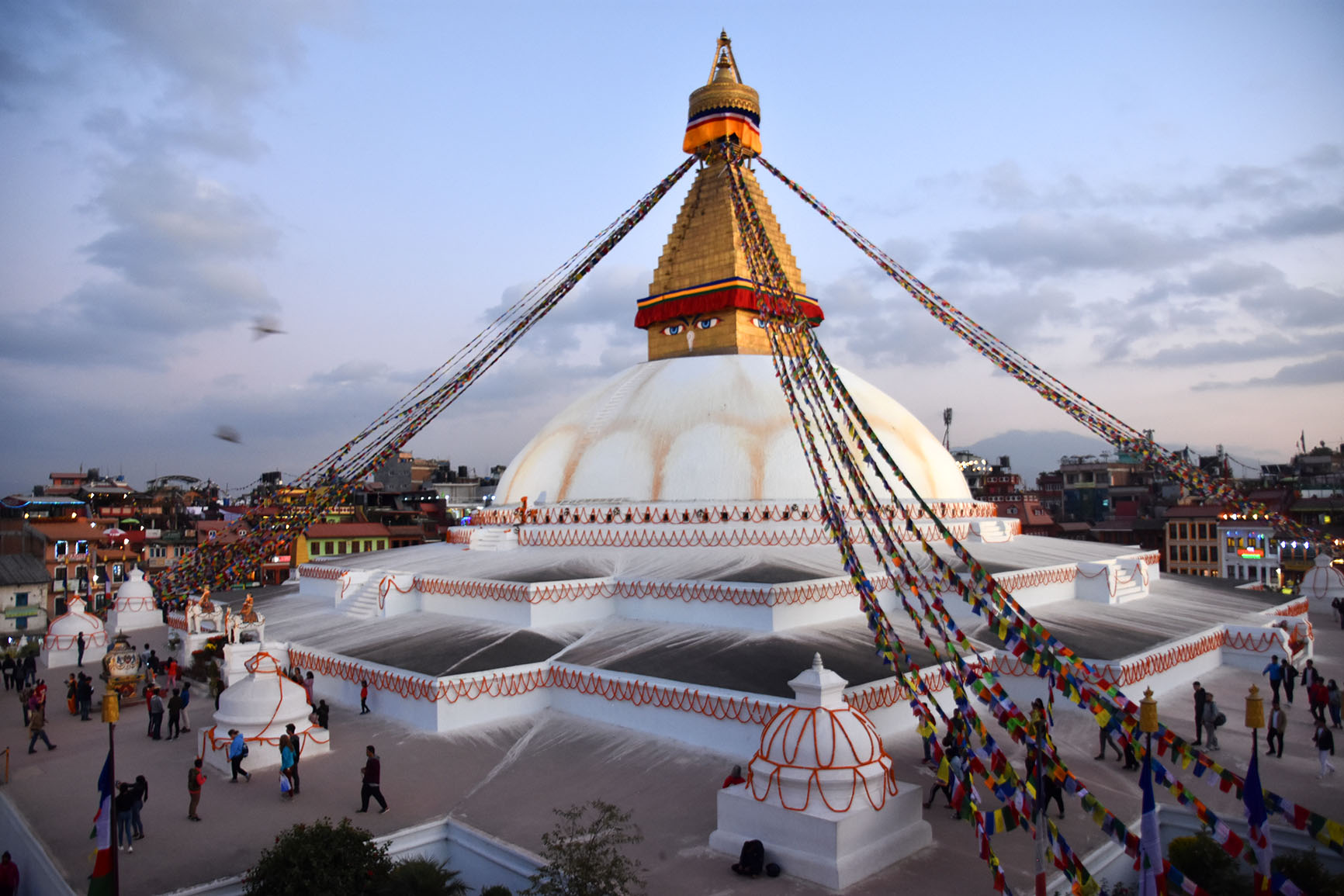
Although examples of local resilience are spread across this land-locked Himalayan nation, for visitors arriving in the capital it is the steady heritage reconstruction process that stands out first – in particular the Kathmandu Valley UNESCO World Heritage Site which continues to be rebuilt like a phoenix from the ashes.
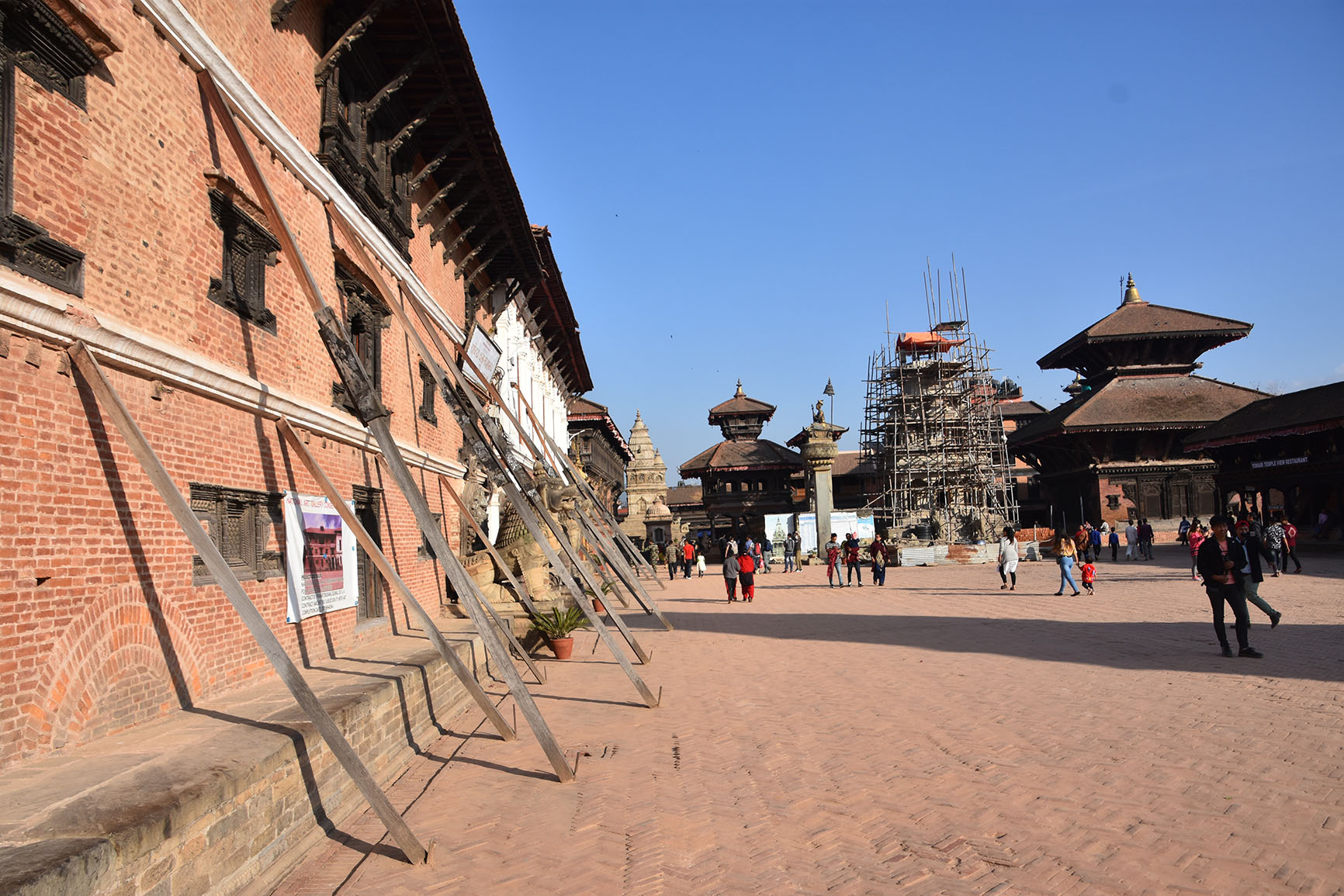
When now trying to plot & plan Nomadic Thoughts trips in light of the COVDI-19 outbreak, I am often inspired by the toughness, patience and sheer determination of the Nepalese people, whose forthright, yet gentle, post-earthquake re-engagement in international visitors has been astonishing.
I am not surprised to now see them leading the way in re-engaging international tourists during the COVID-19 situation. Their borders reopen on 17th October 2020, with local authorities proclaiming that the impending high-altitude trekking season will commence as previously scheduled.
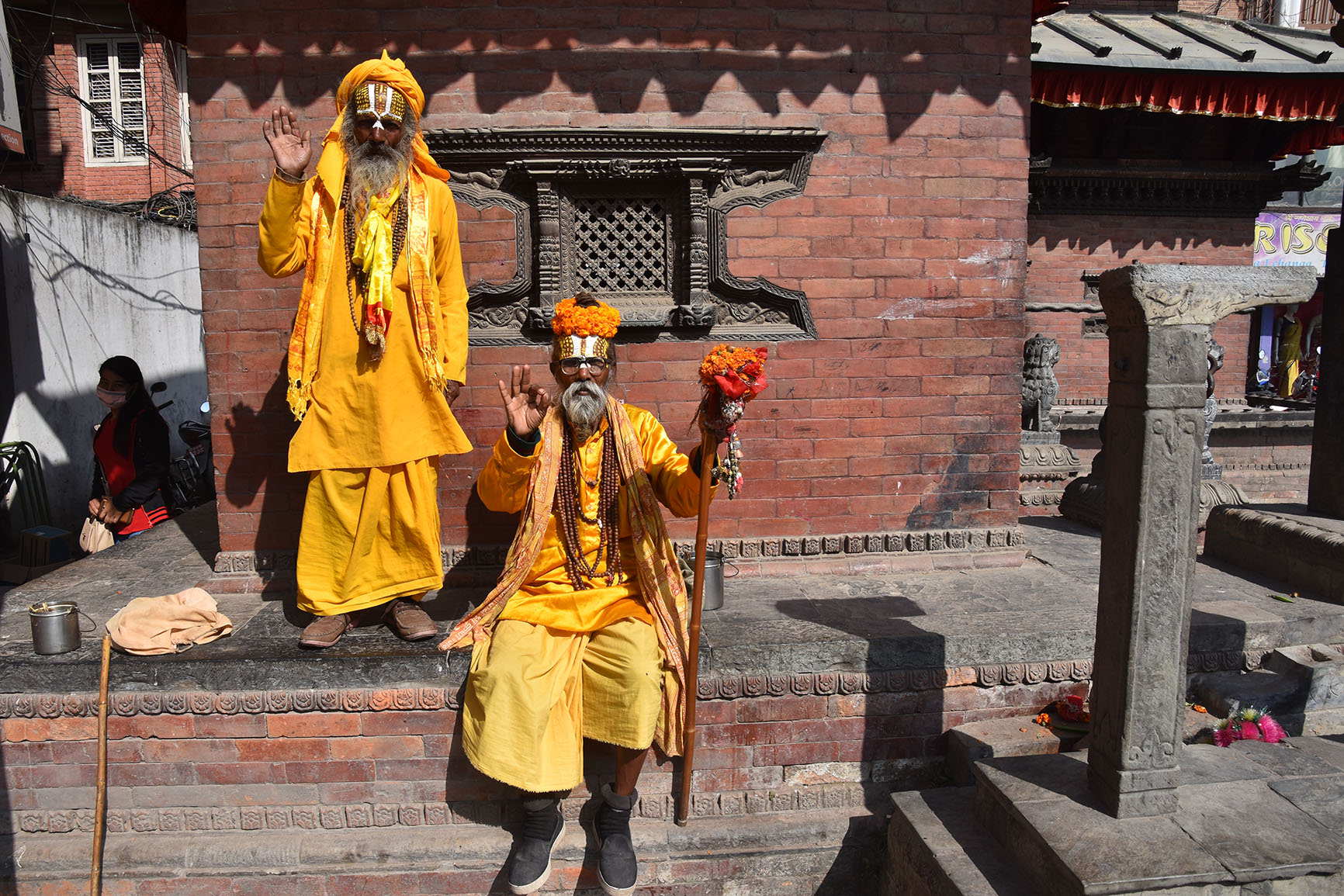
This feeling of belief, as well as need to move on, surely draws strength from steady reconstructing of the nation’s post-earthquake cultural hardware. Whilst it comes at a considerable cost, with growing tensions between local demands, politicians and international institutions, the re-erection of the most exciting heritage monuments is extremely compelling.
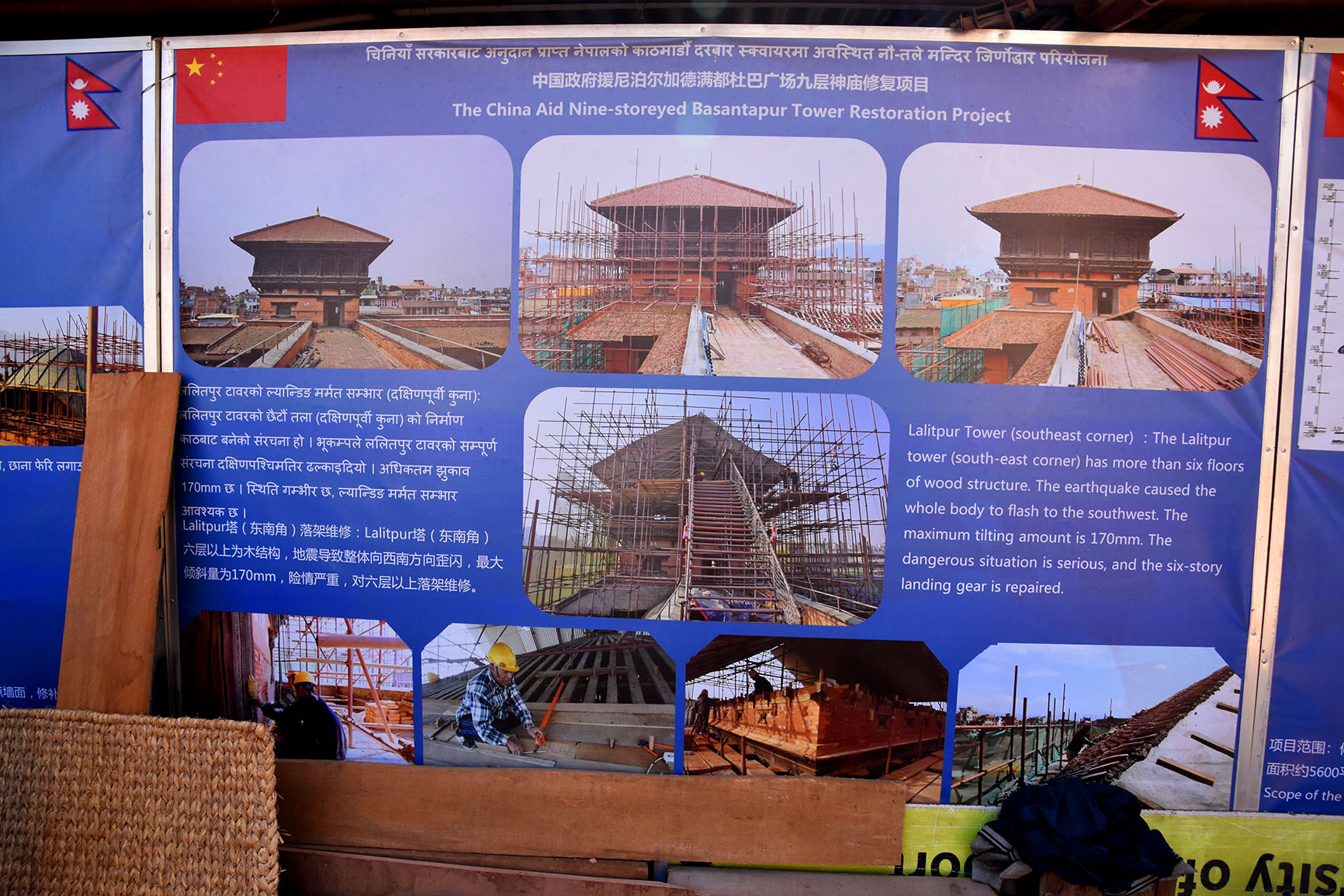
In addition to rebuilding some of Asia’s most magnificent cultural shrines, the feeling of local pride is obvious to anyone visiting the country today. Festivals, markets and popular rendezvous practises breathe life back into what was so recently a landscape of total devastation.
Today’s hope is that whilst the country continues to get its post-earthquake mojo back, the return to a flourishing and sustainable post-COVID tourism market will be as swift as possible. The Nepalese are, if nothing else, a robust lot with history to prove it.
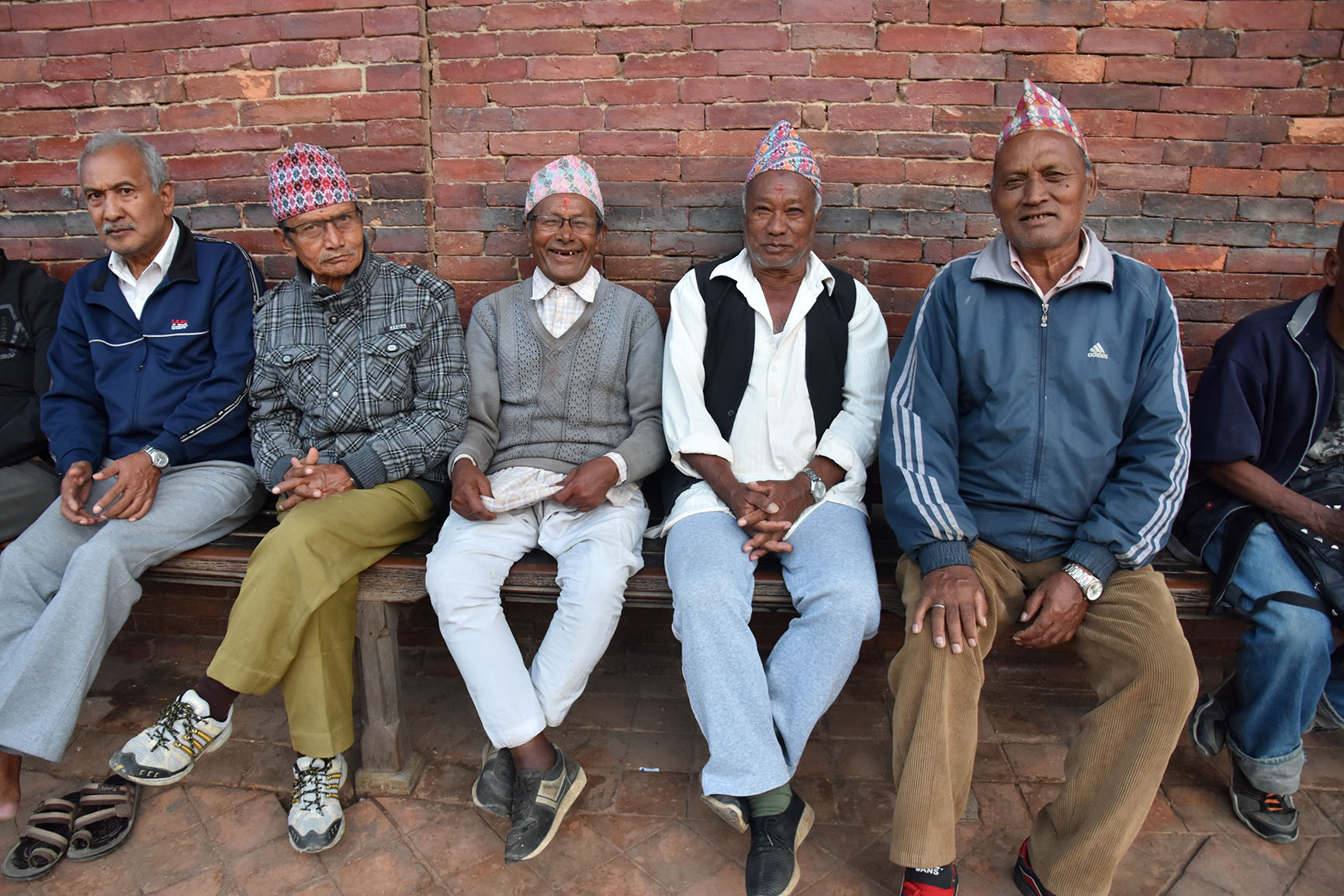
As my photos show, the enormity of their cultural reconstruction has been magnified by the fact that the Kathmandu Valley heritage region incorporates seven groups of monuments. Sprinkled amidst the local city-sprawl foothills of the Himalayas like a labyrinth of ancient chess pieces – from the Durbar Squares of Hanuman Dhoka, Patan & Bhaktapur, stupas of Bauddhanath & Swayambhu and Hindu temples of Changu Narayan & Pashupati, the jewels in this Himalayan crown are slowly returning to their former glory.
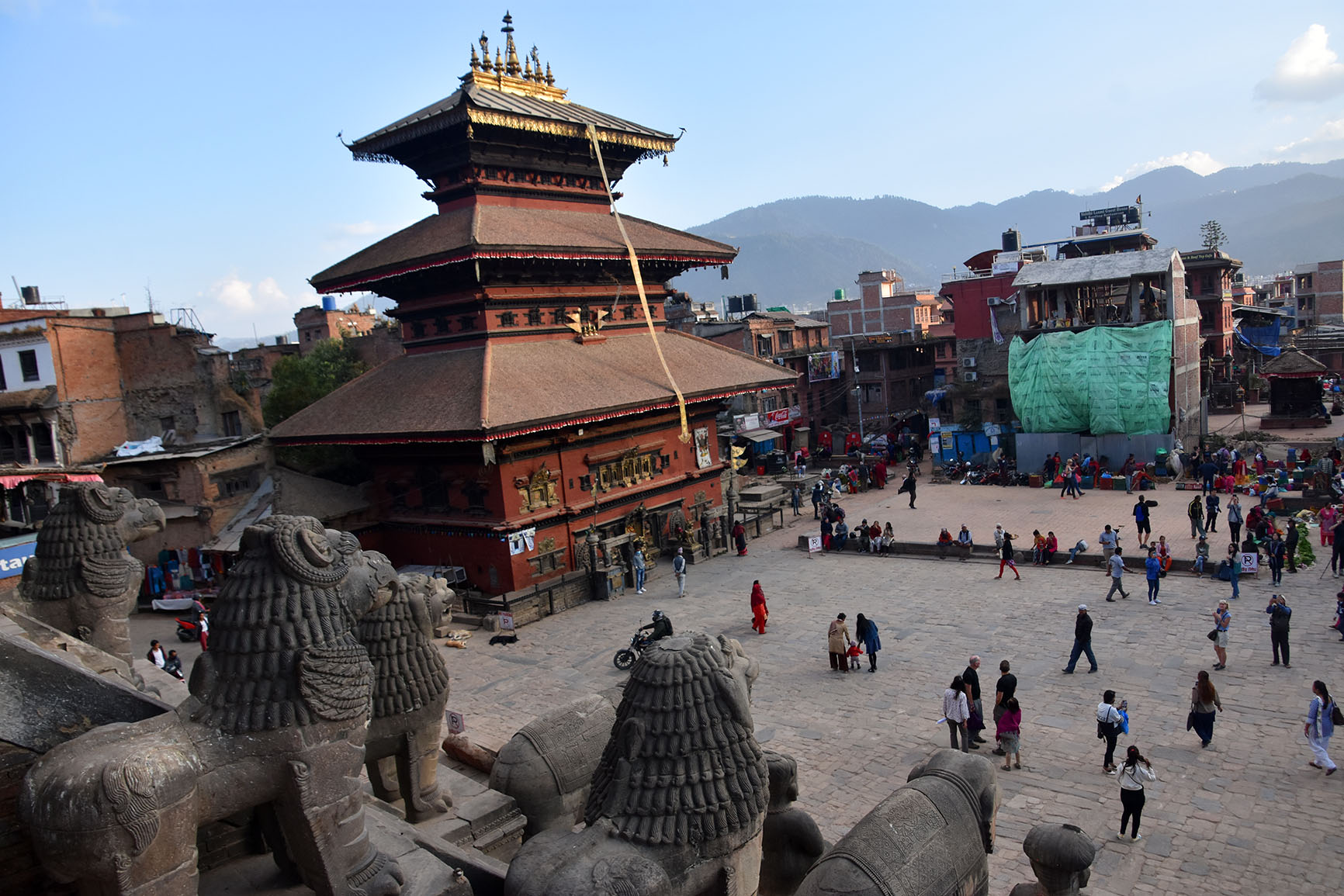
Before long these will be enjoyed by anyone lucky enough to venture to this part of the world. COVID-19, which when compared to a 7.8 earthquake, offers its own unique challenges, will ultimately become a mere historical footnote in the history of these Kathmandu Valley’s artistic wonders.
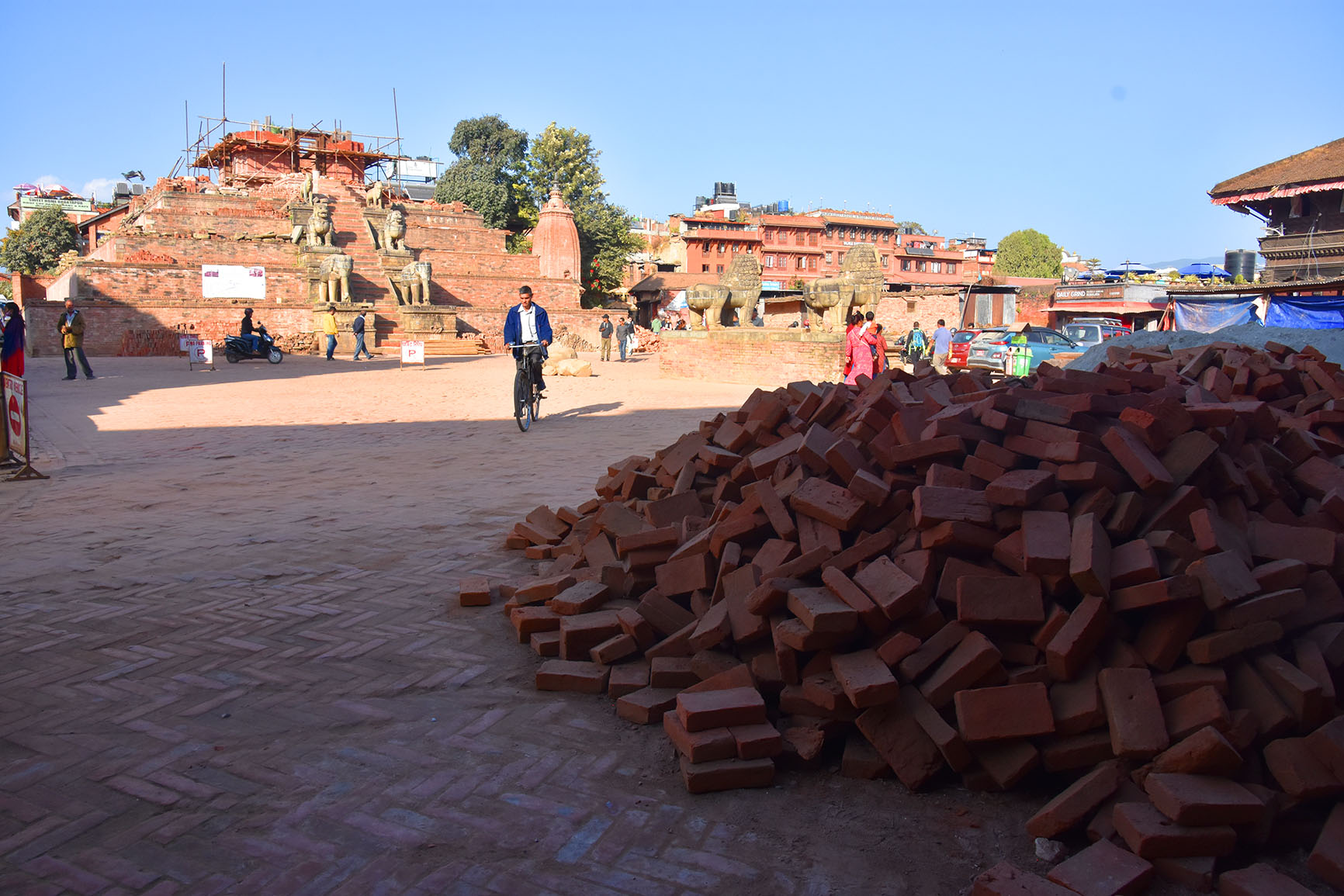
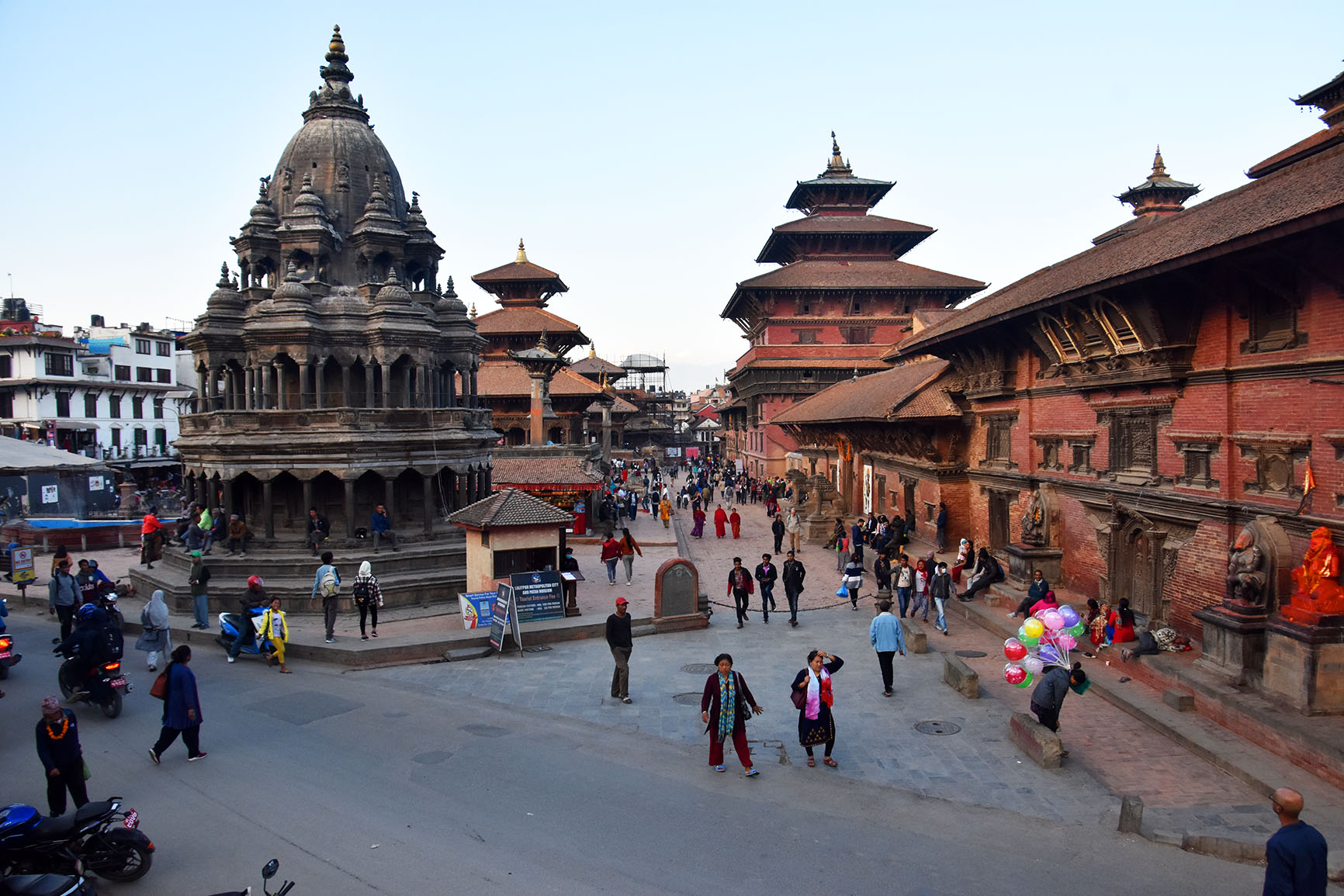
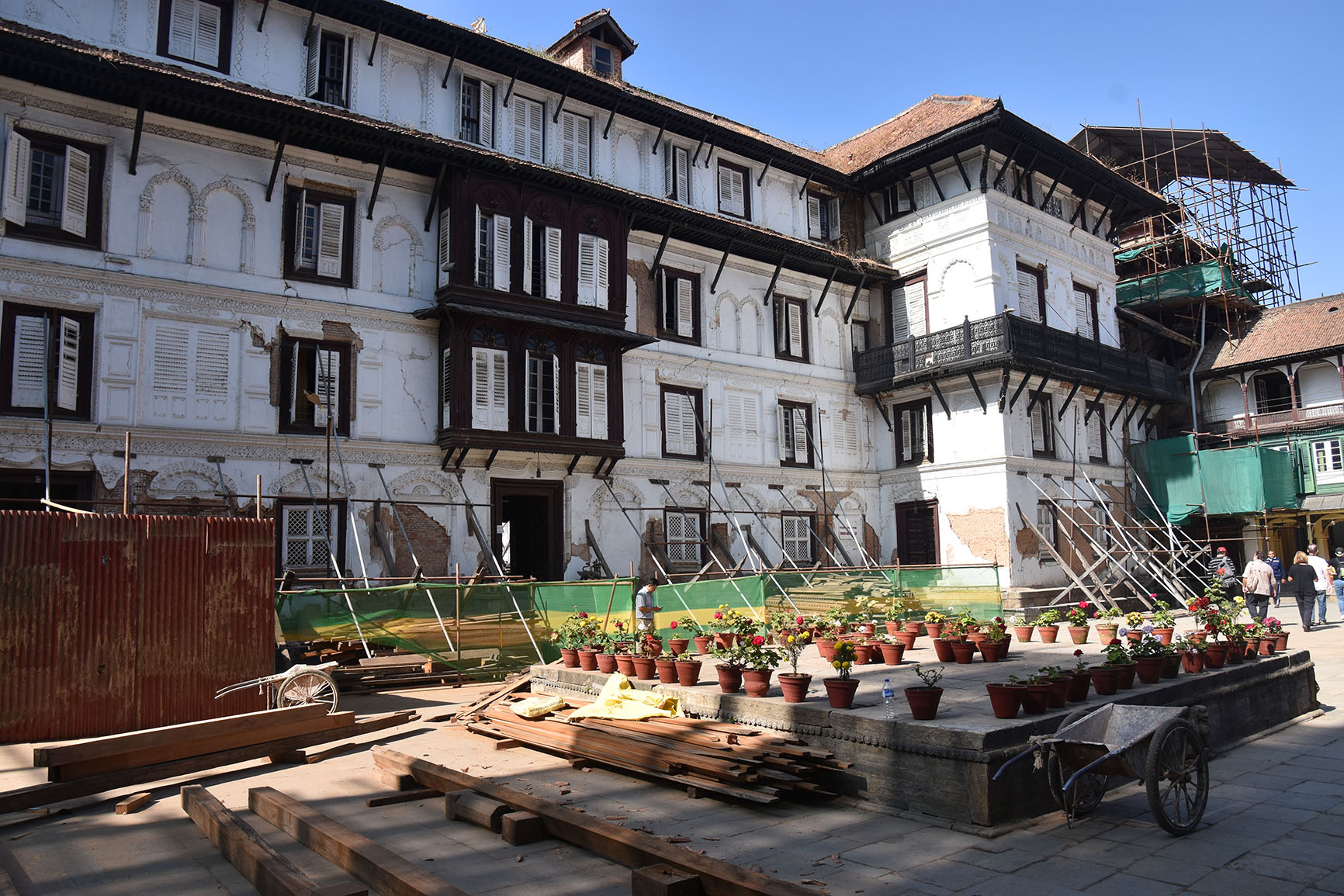
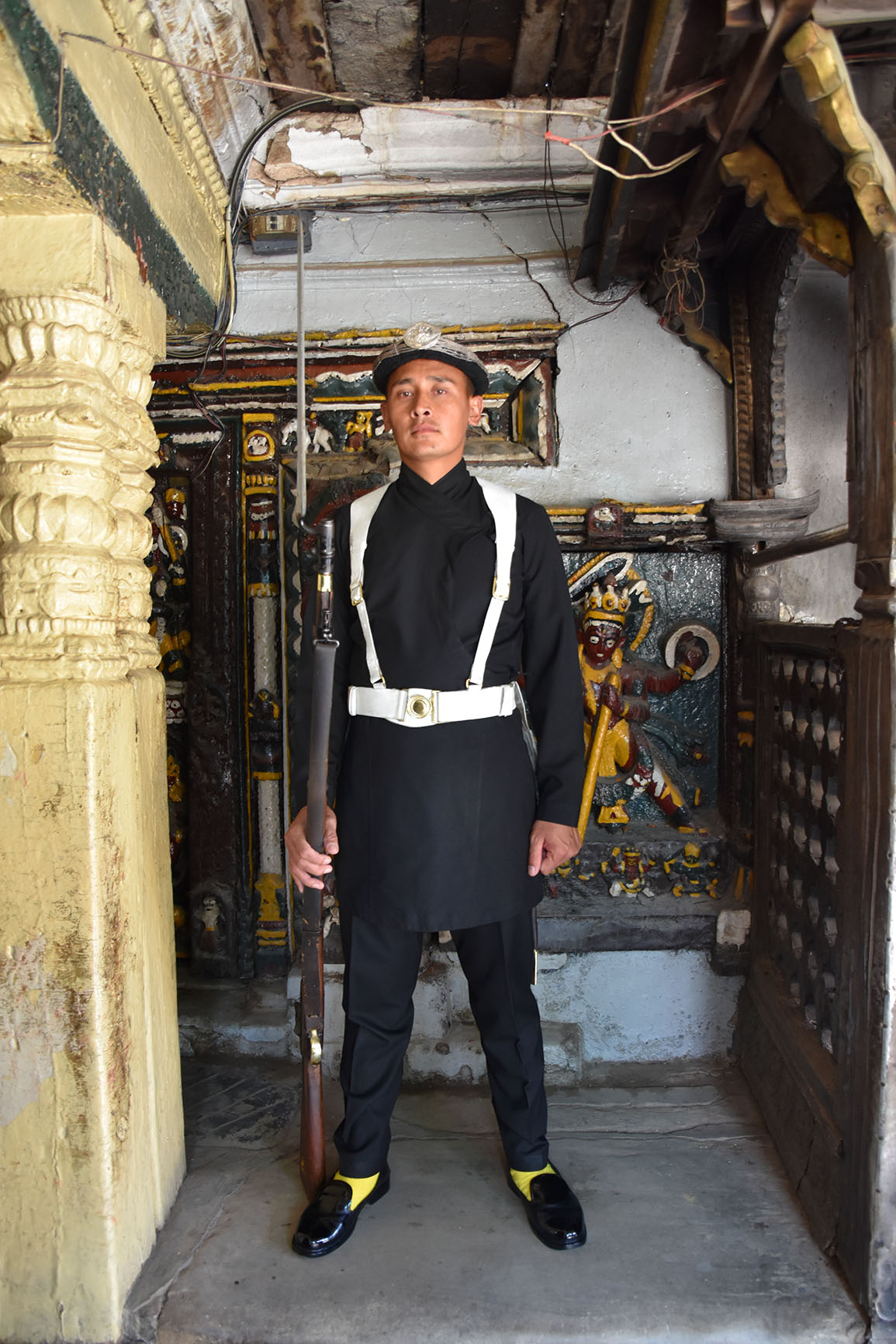
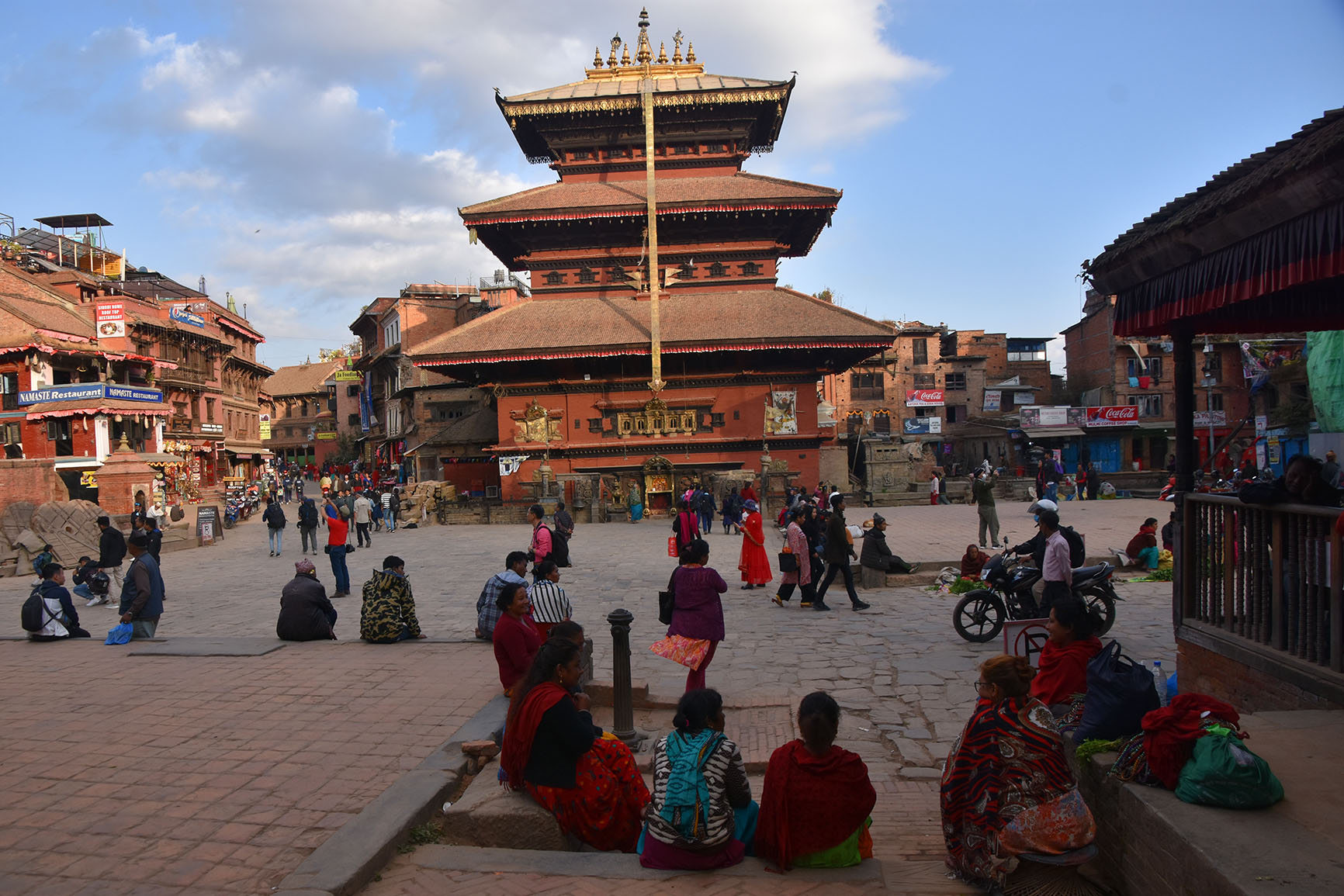
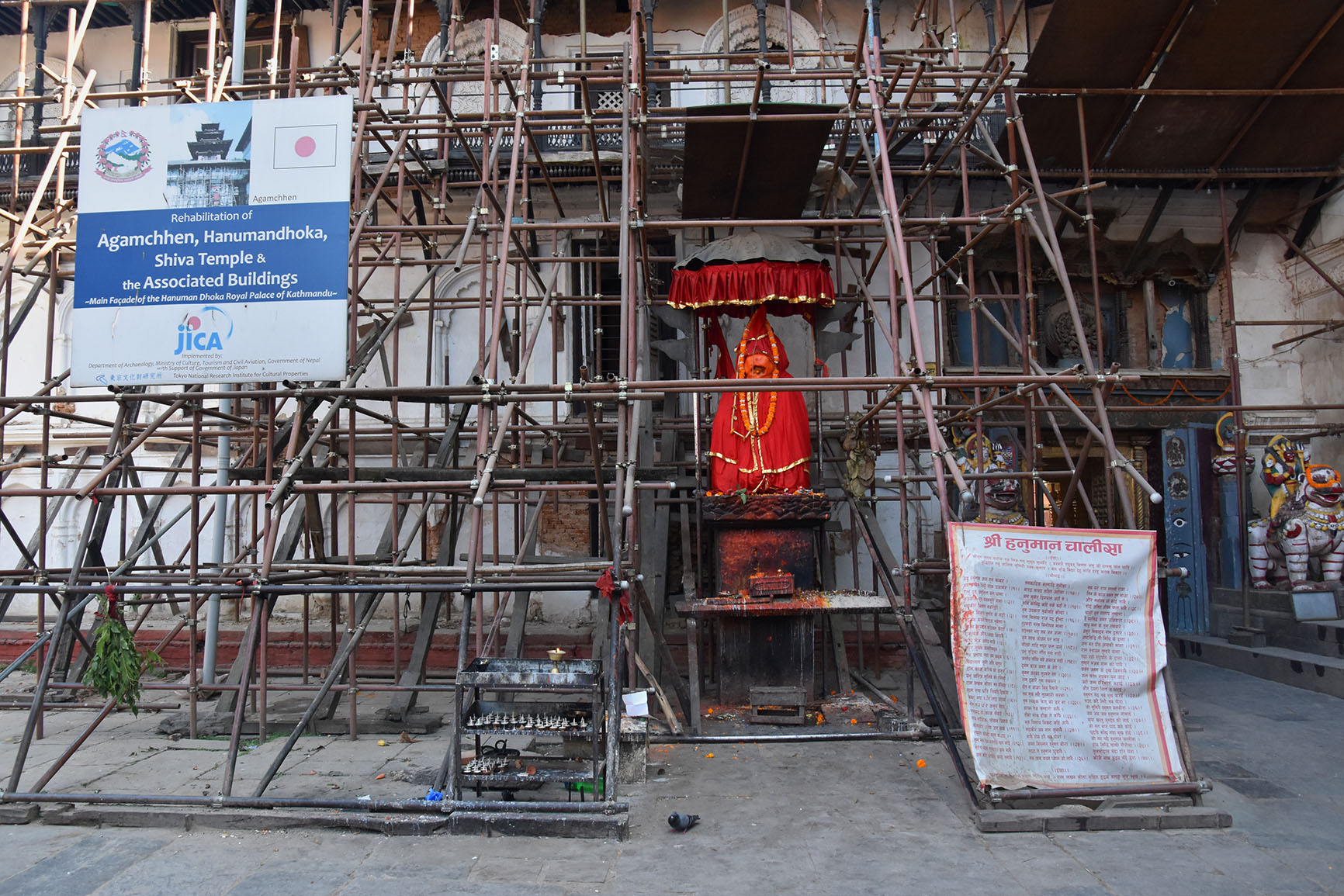
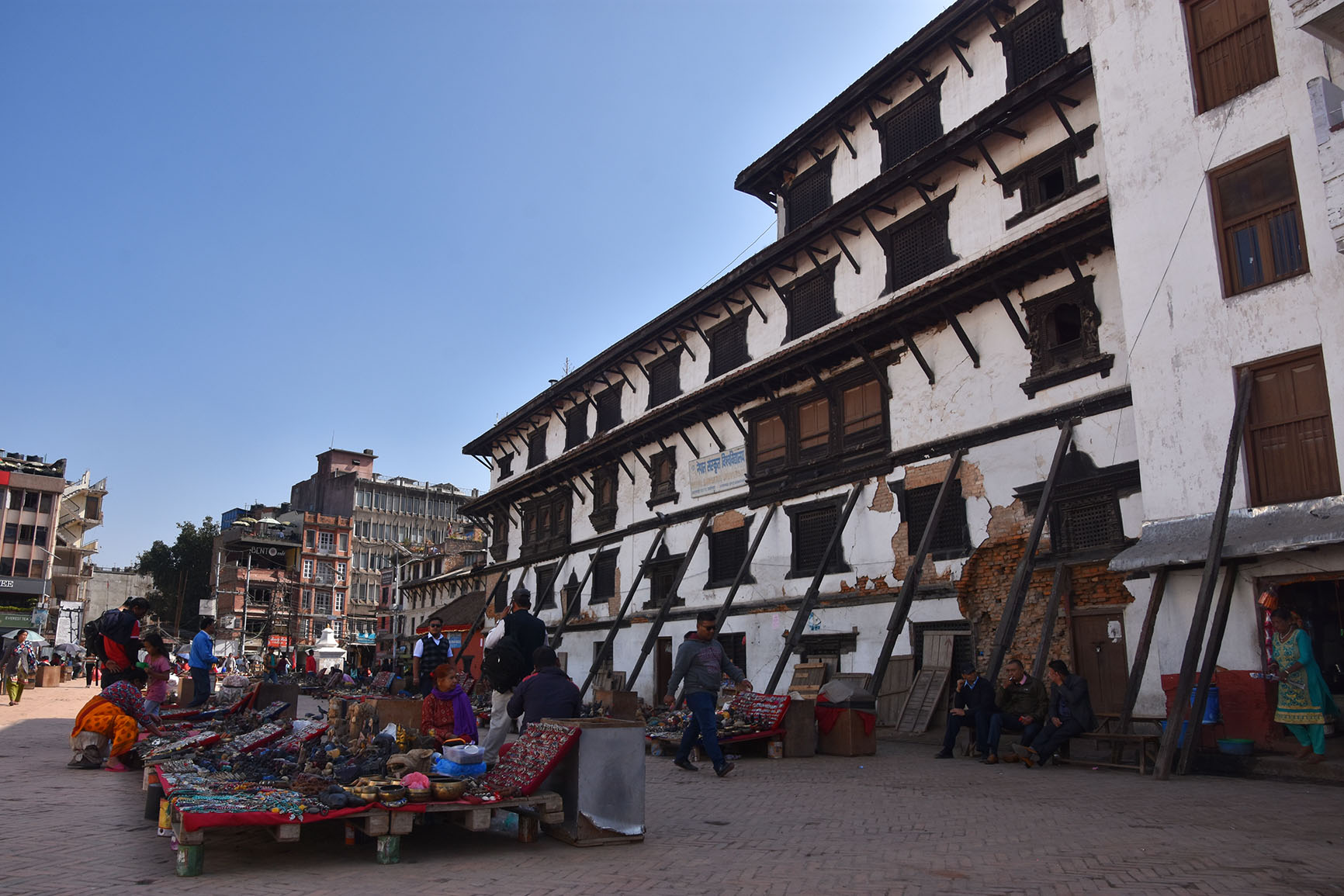
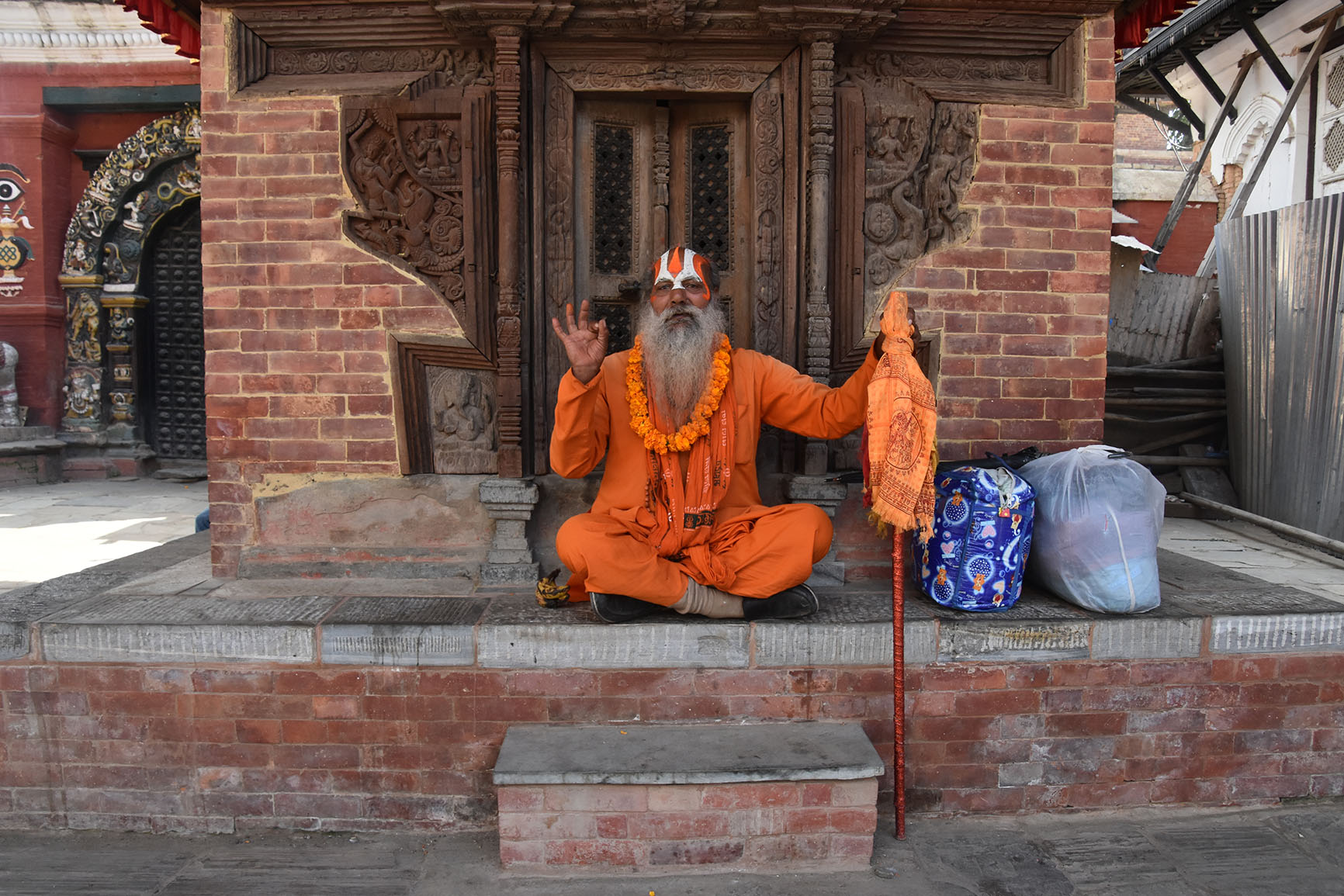
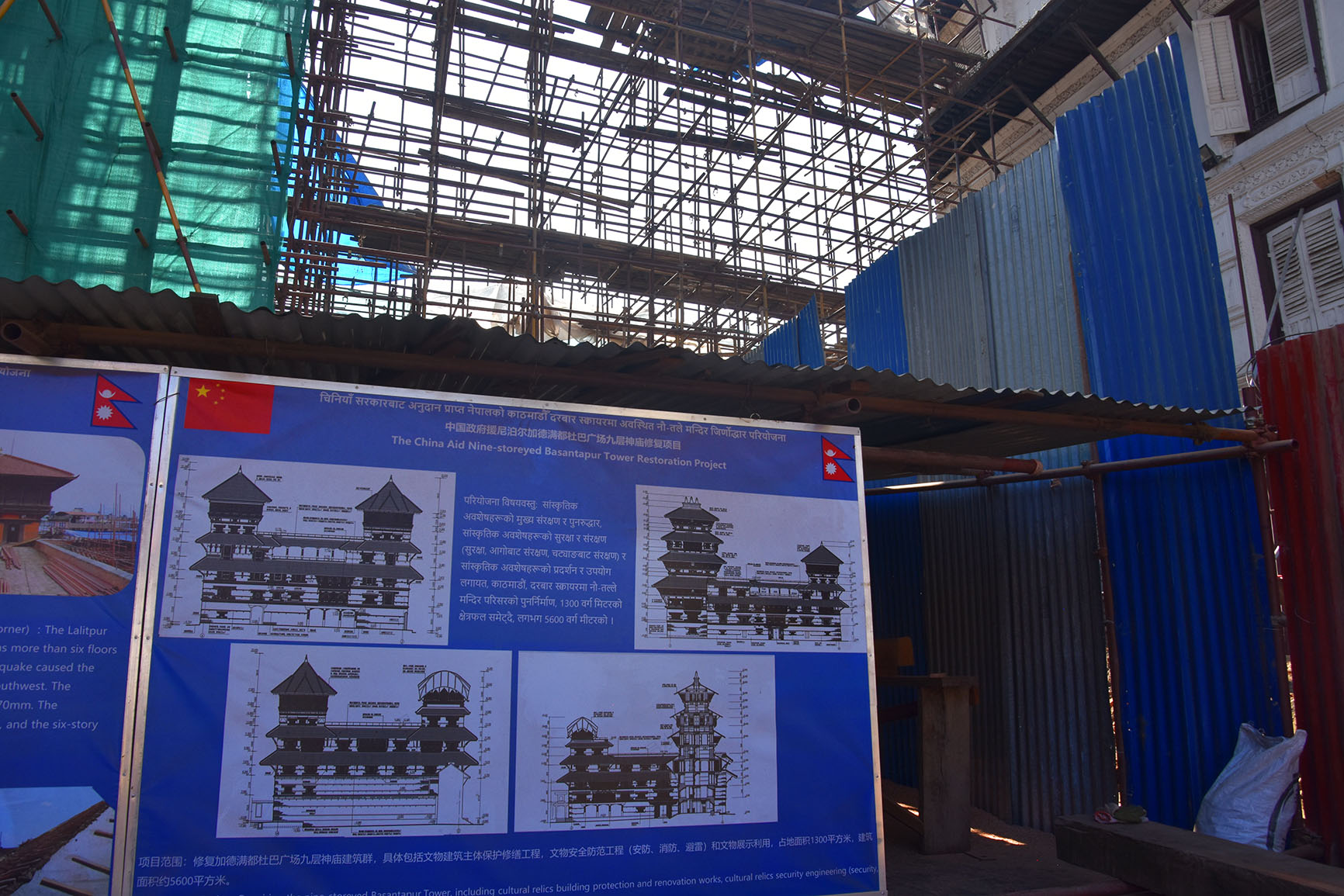
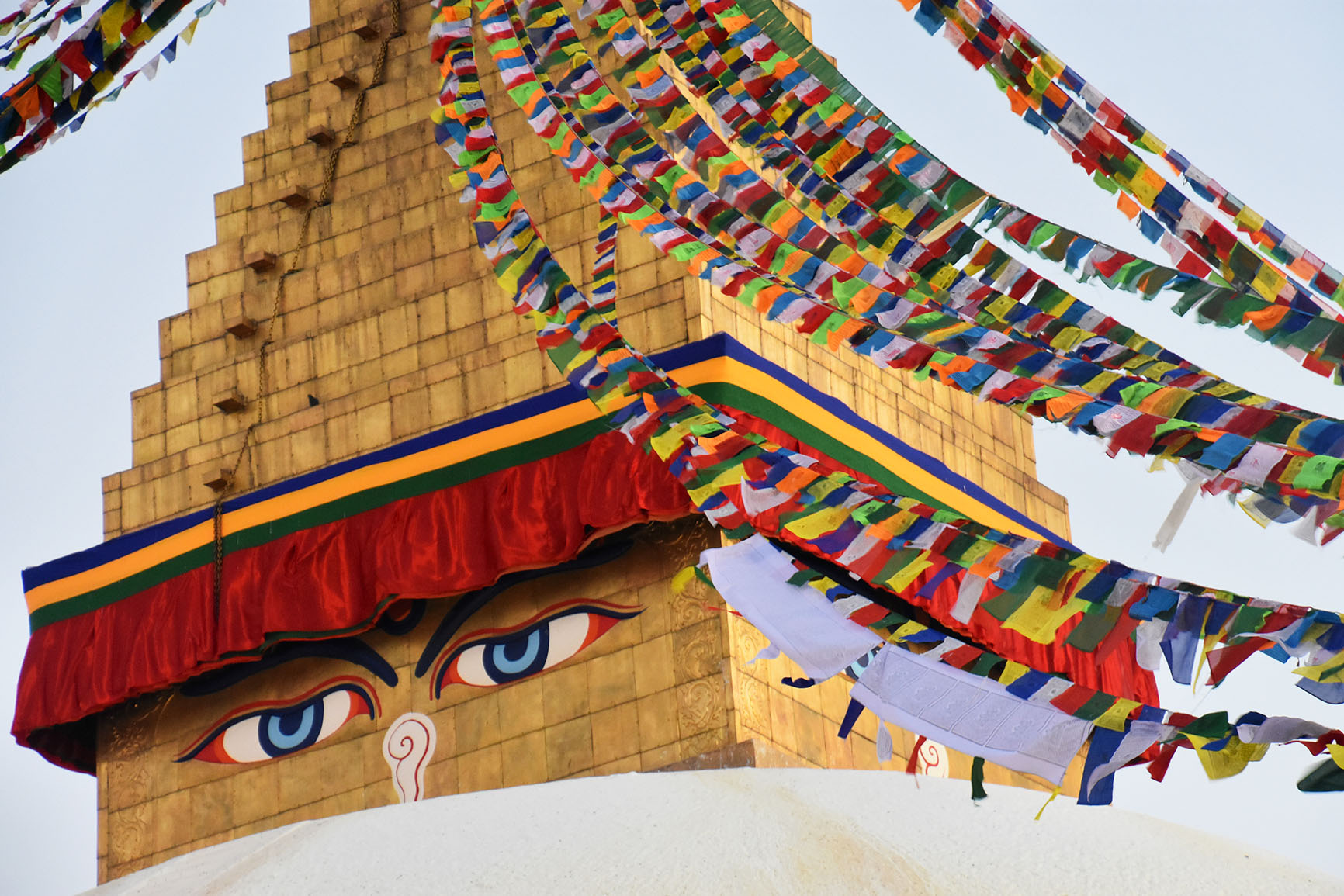
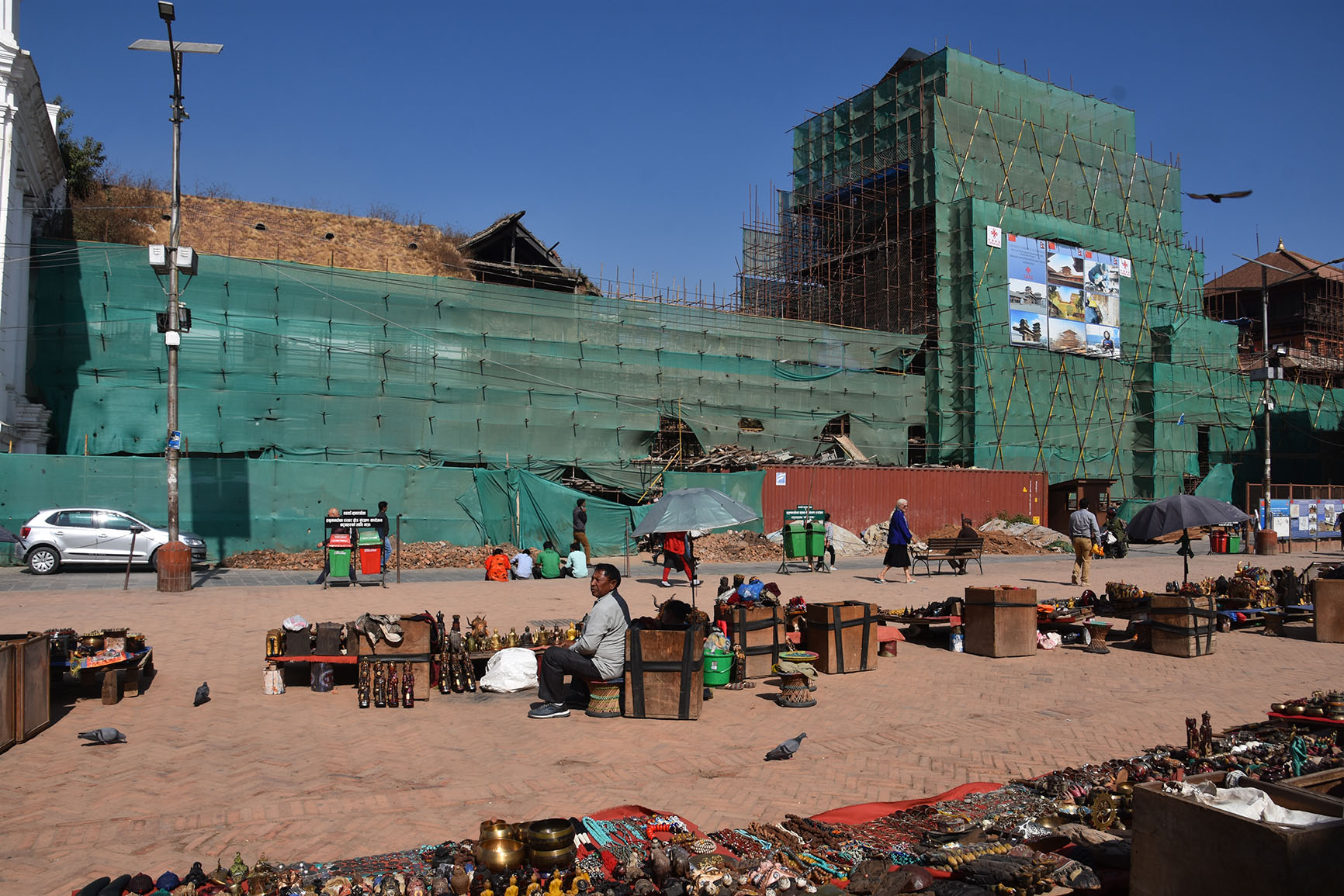
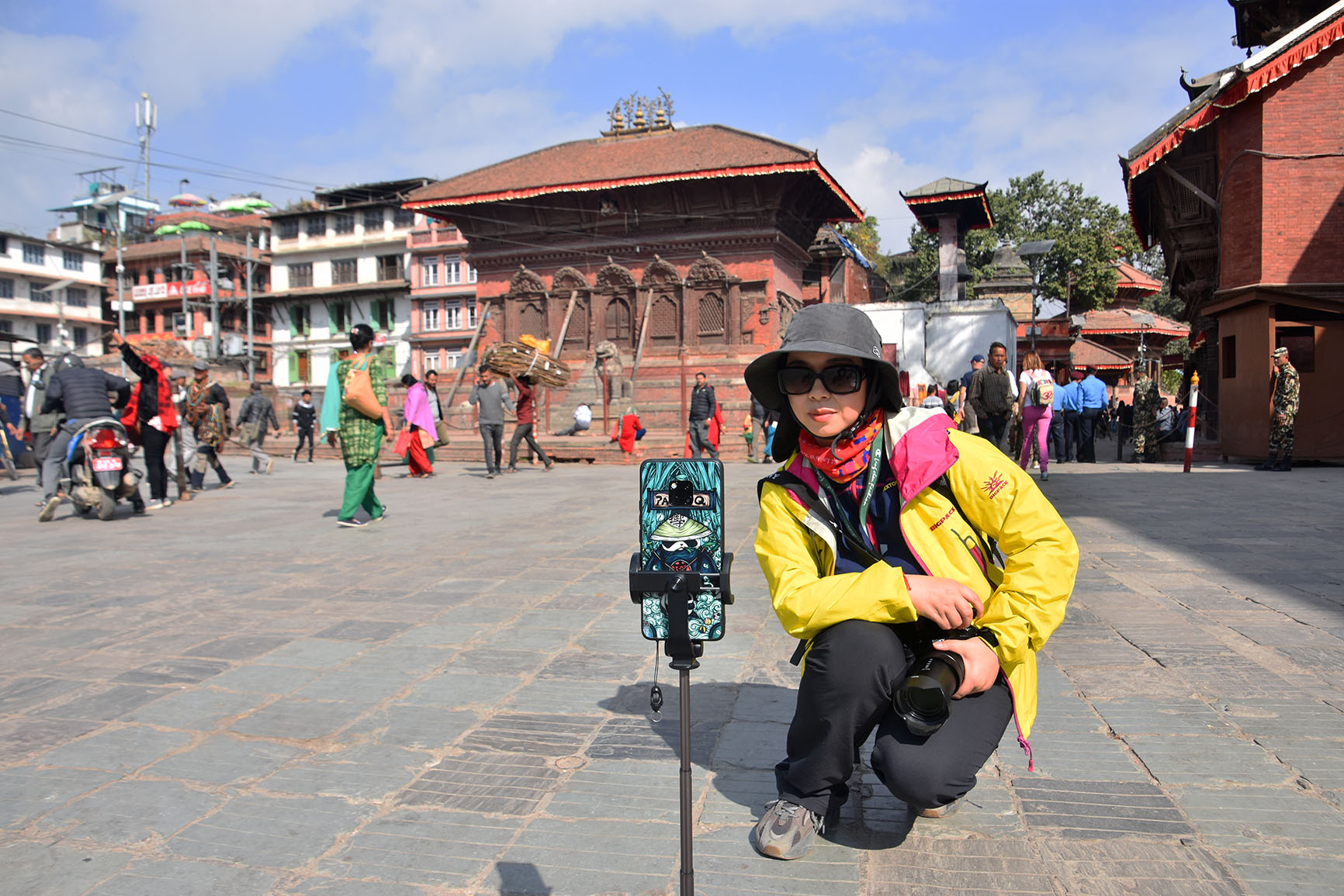
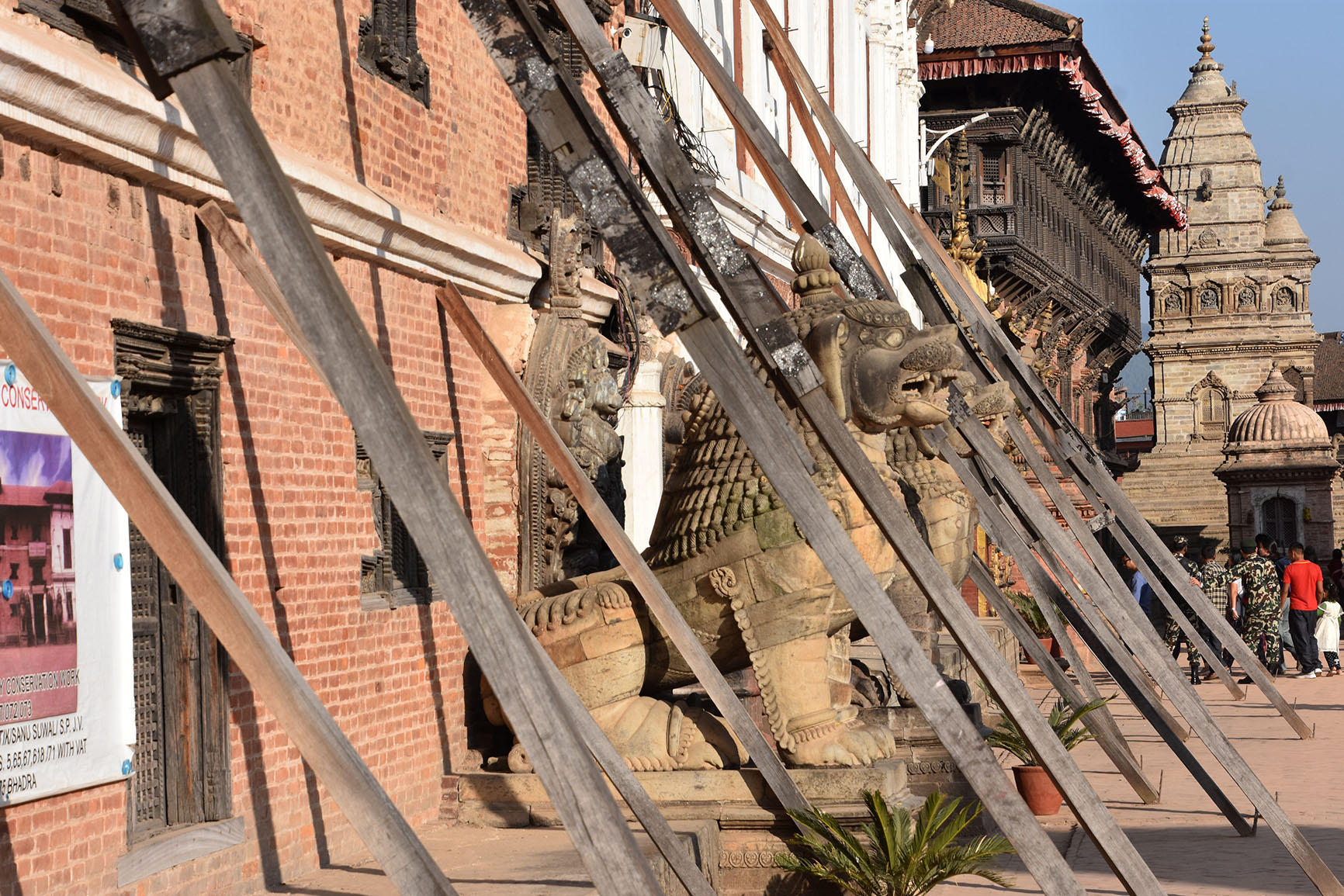
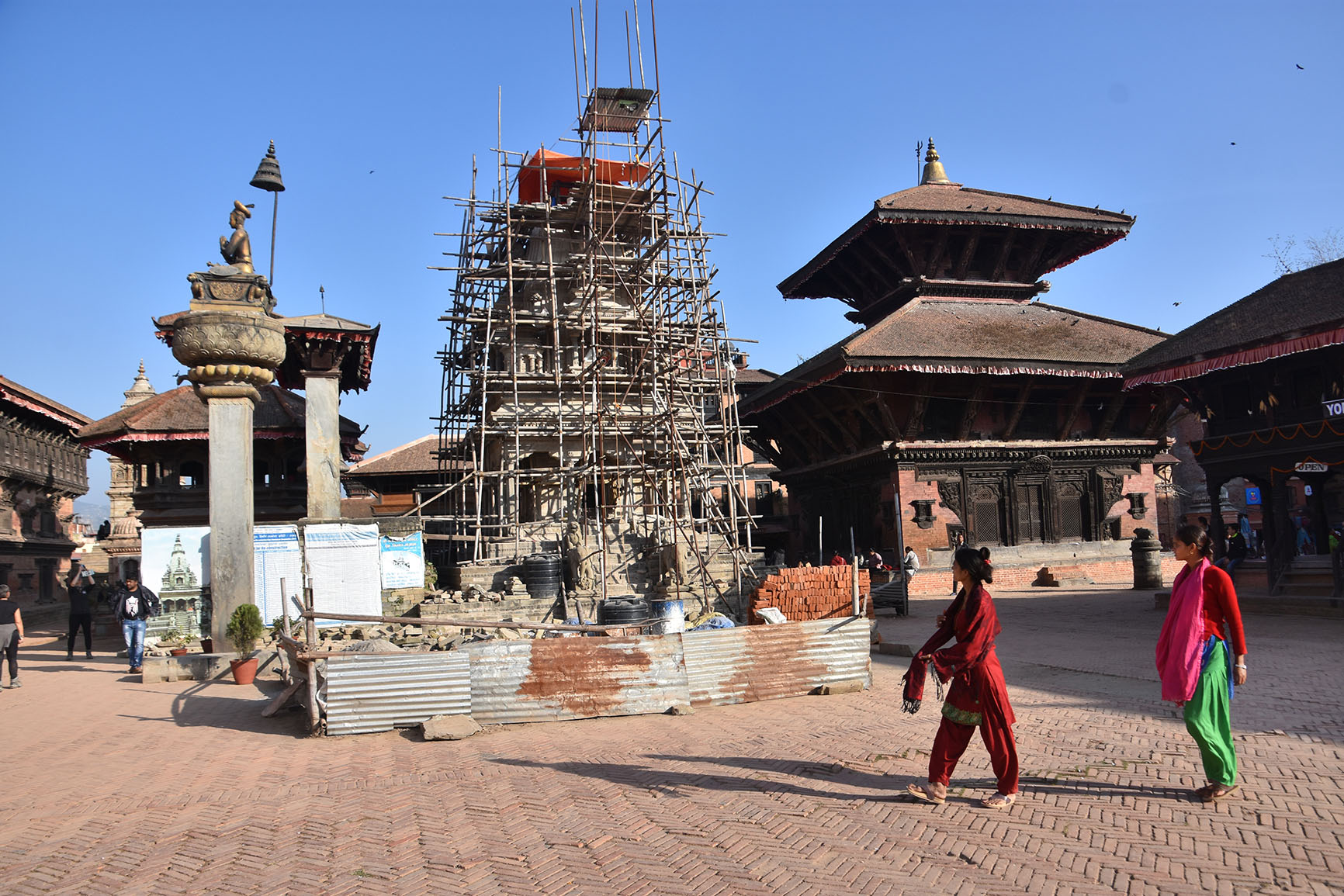
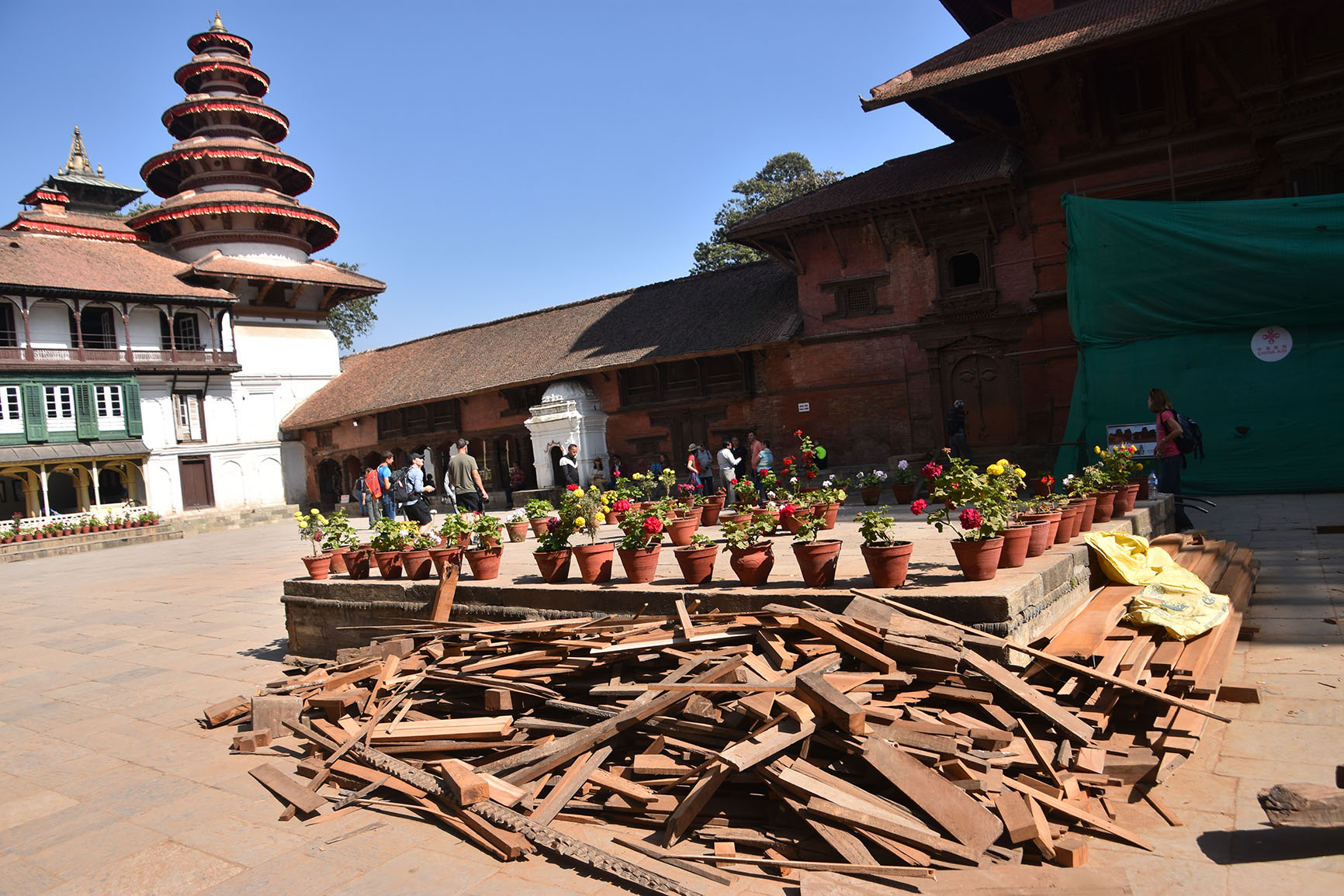
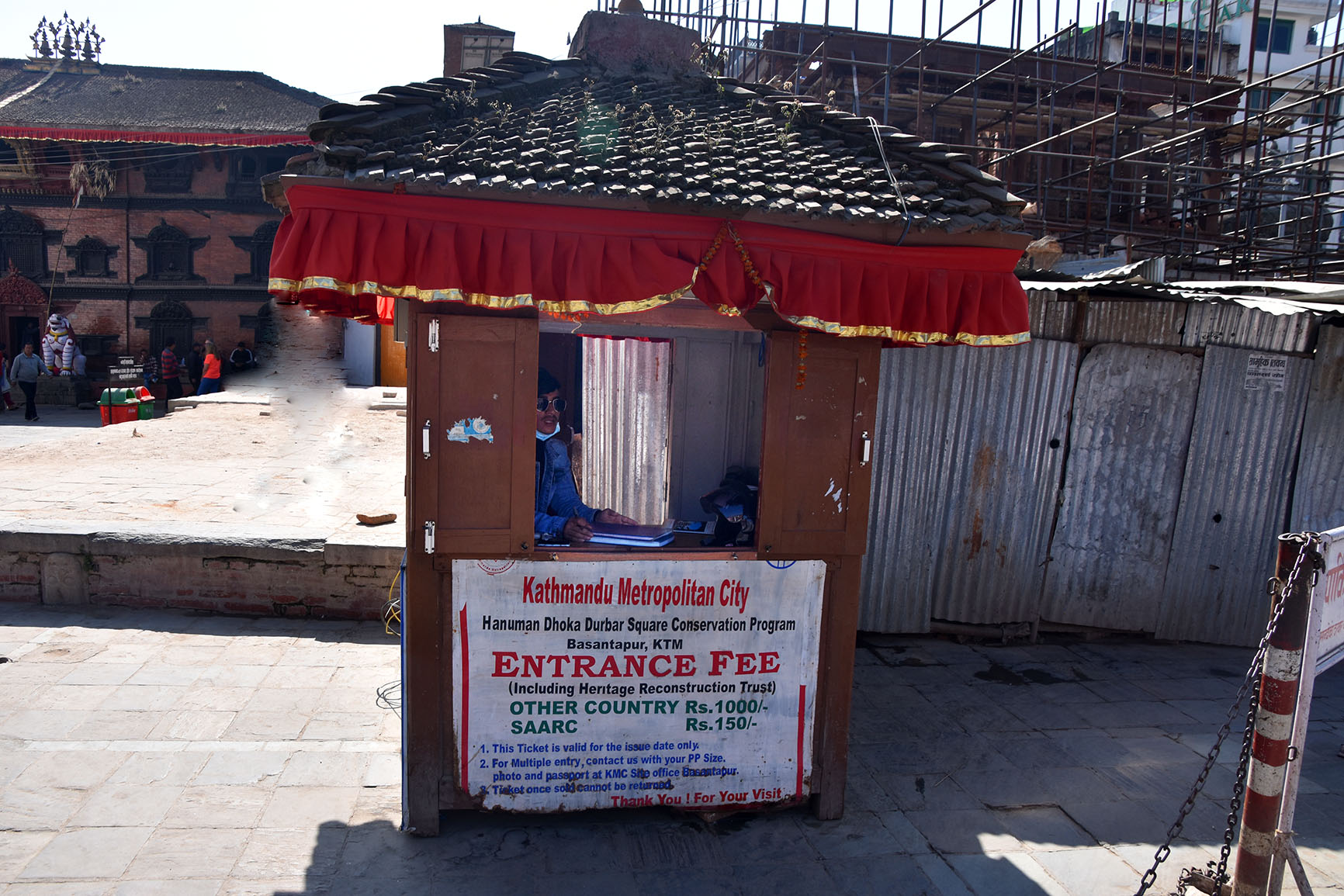
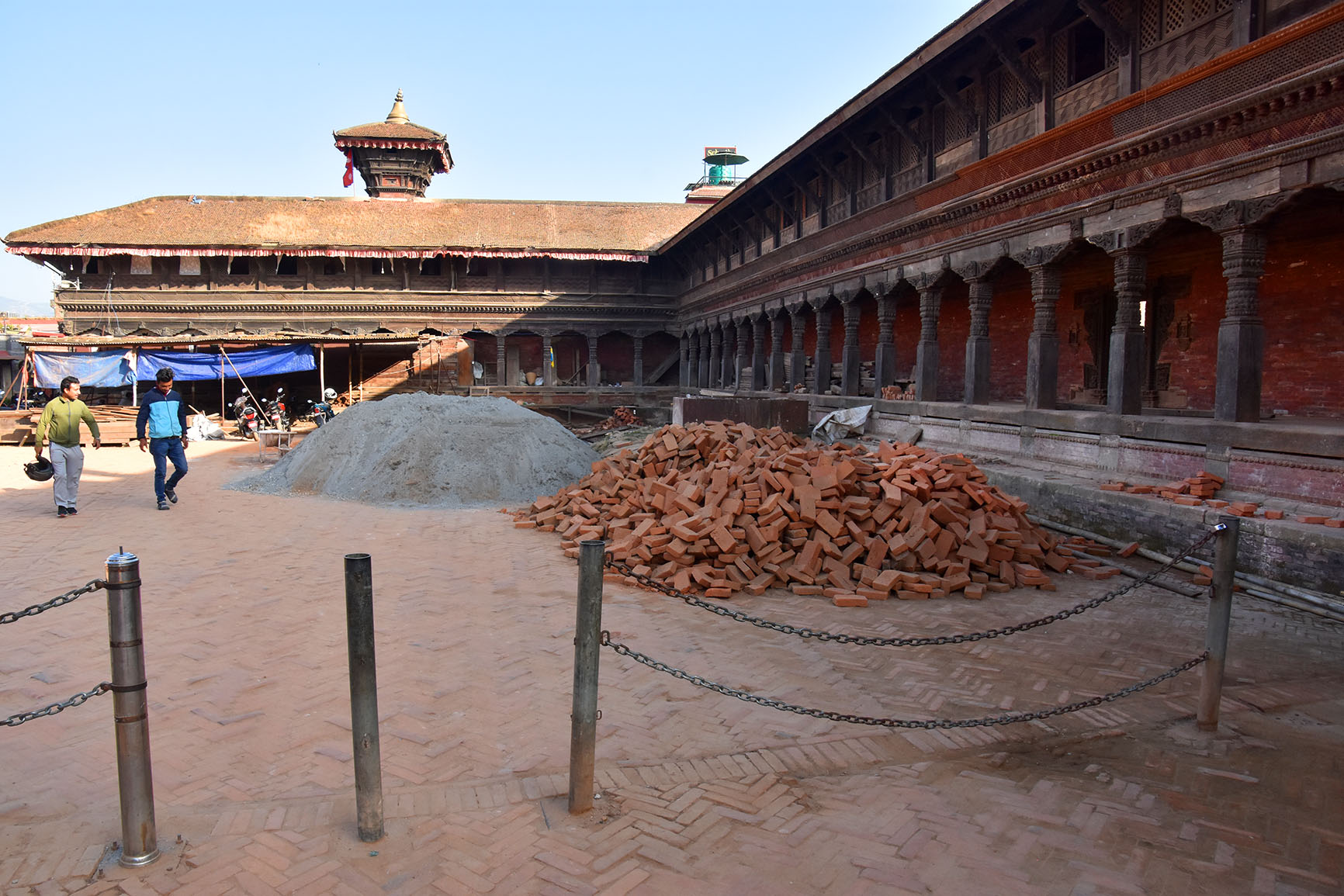
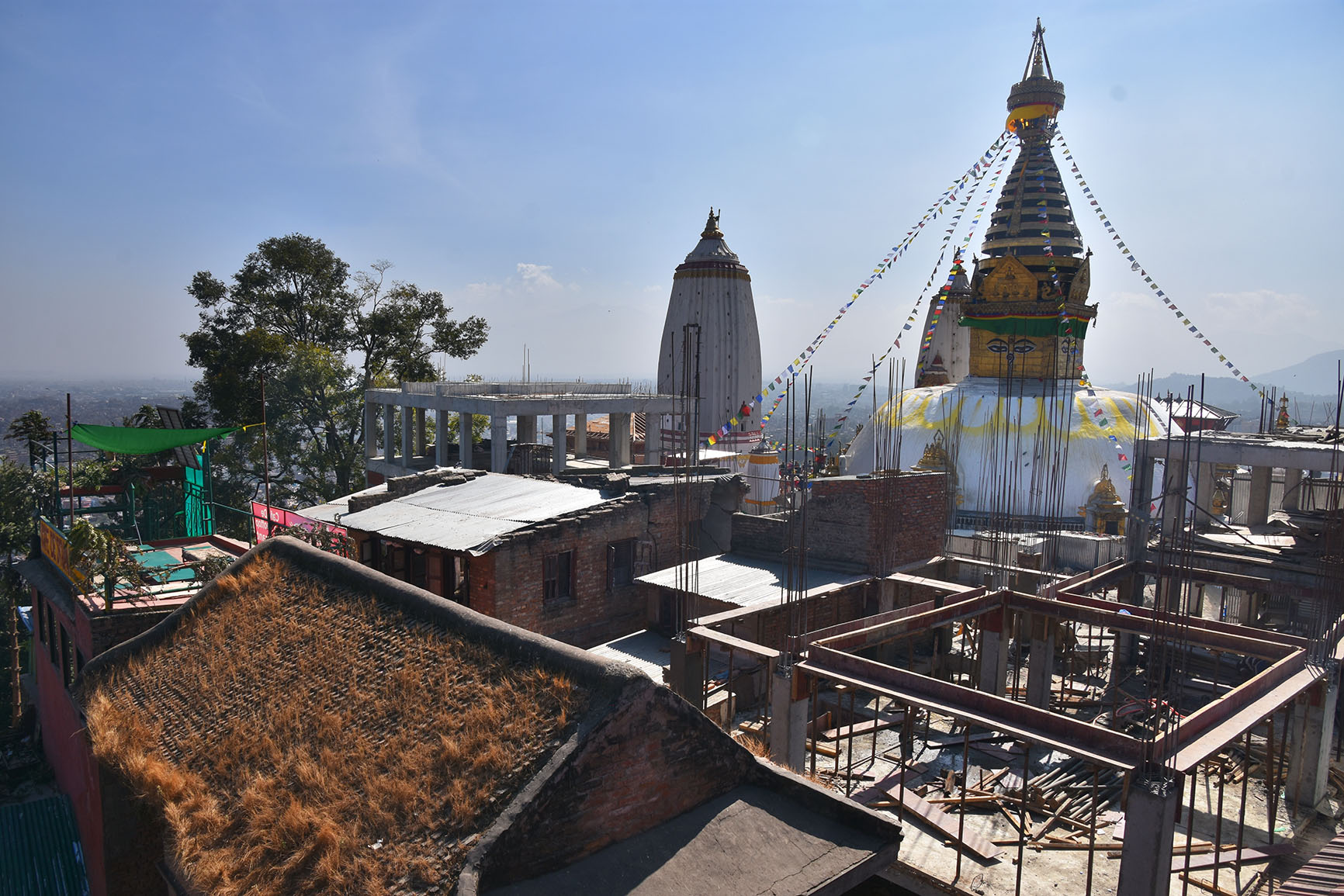
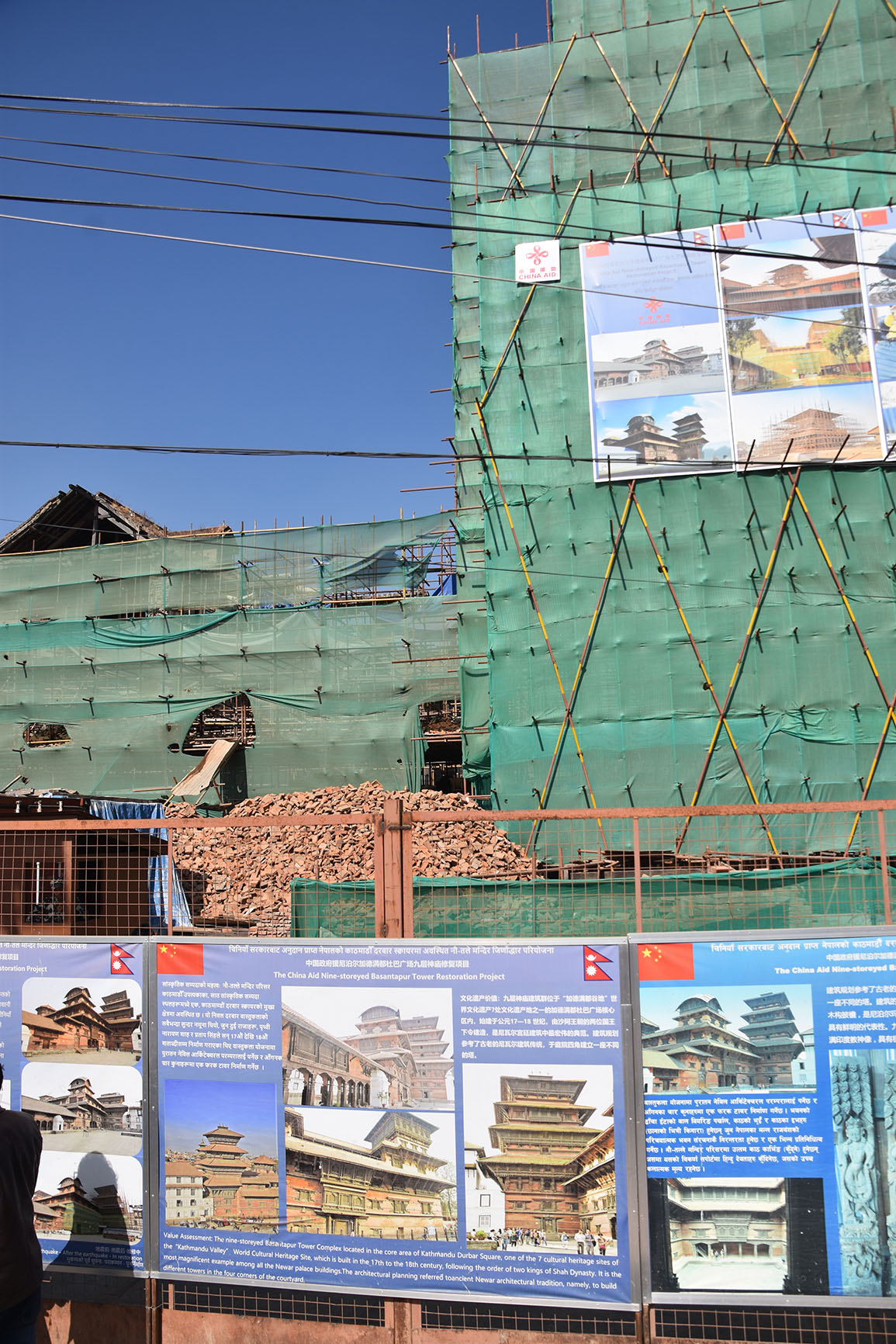
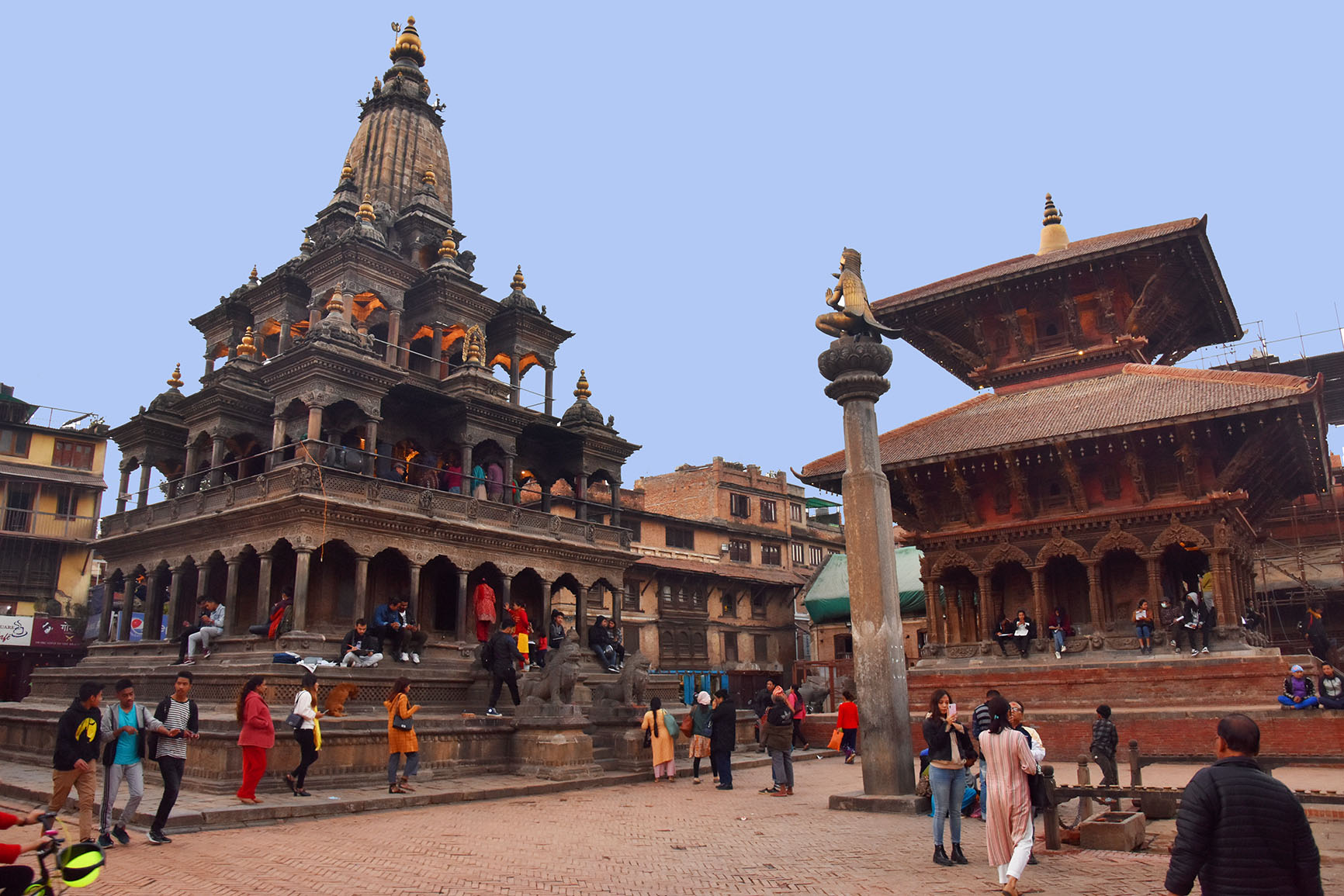
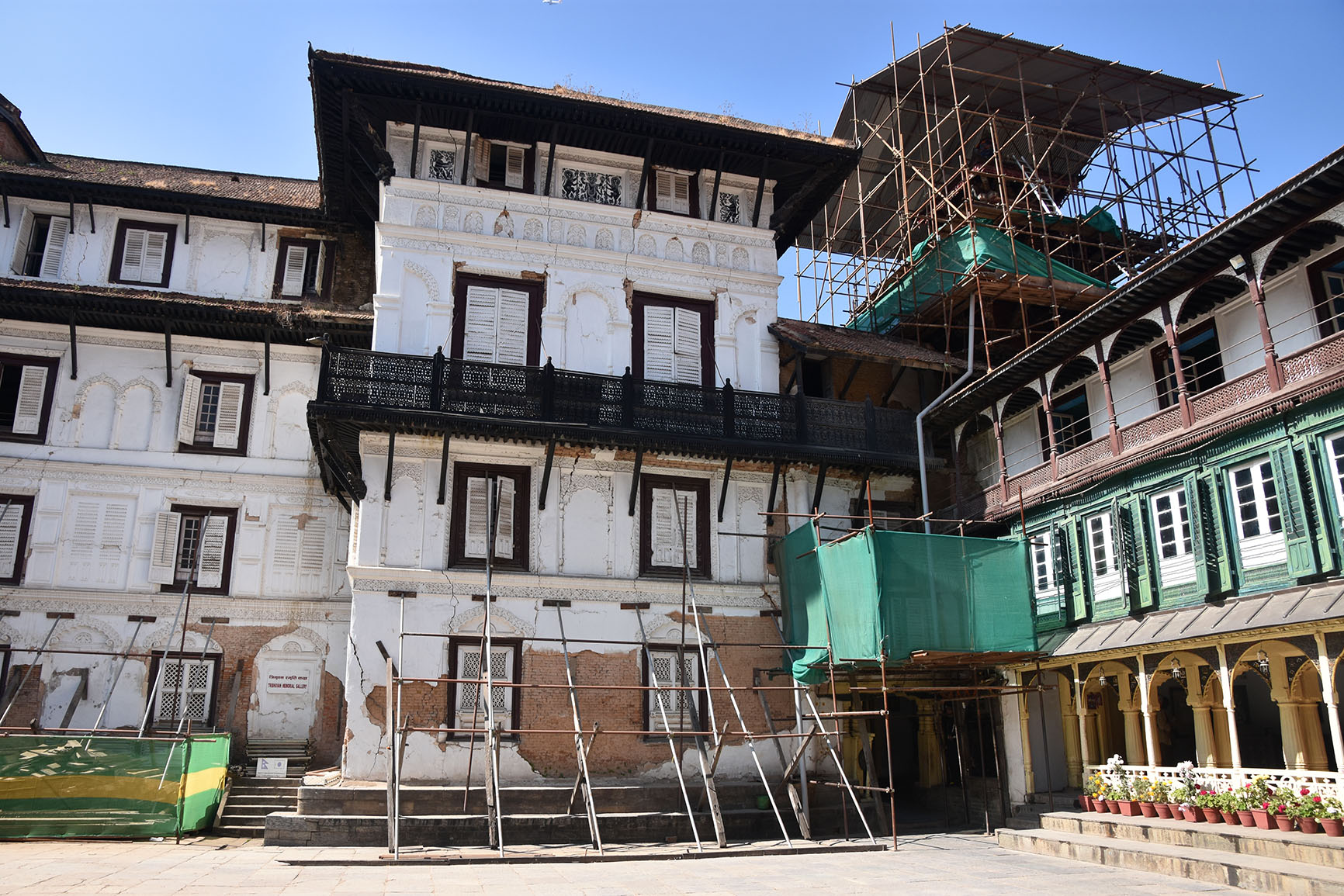
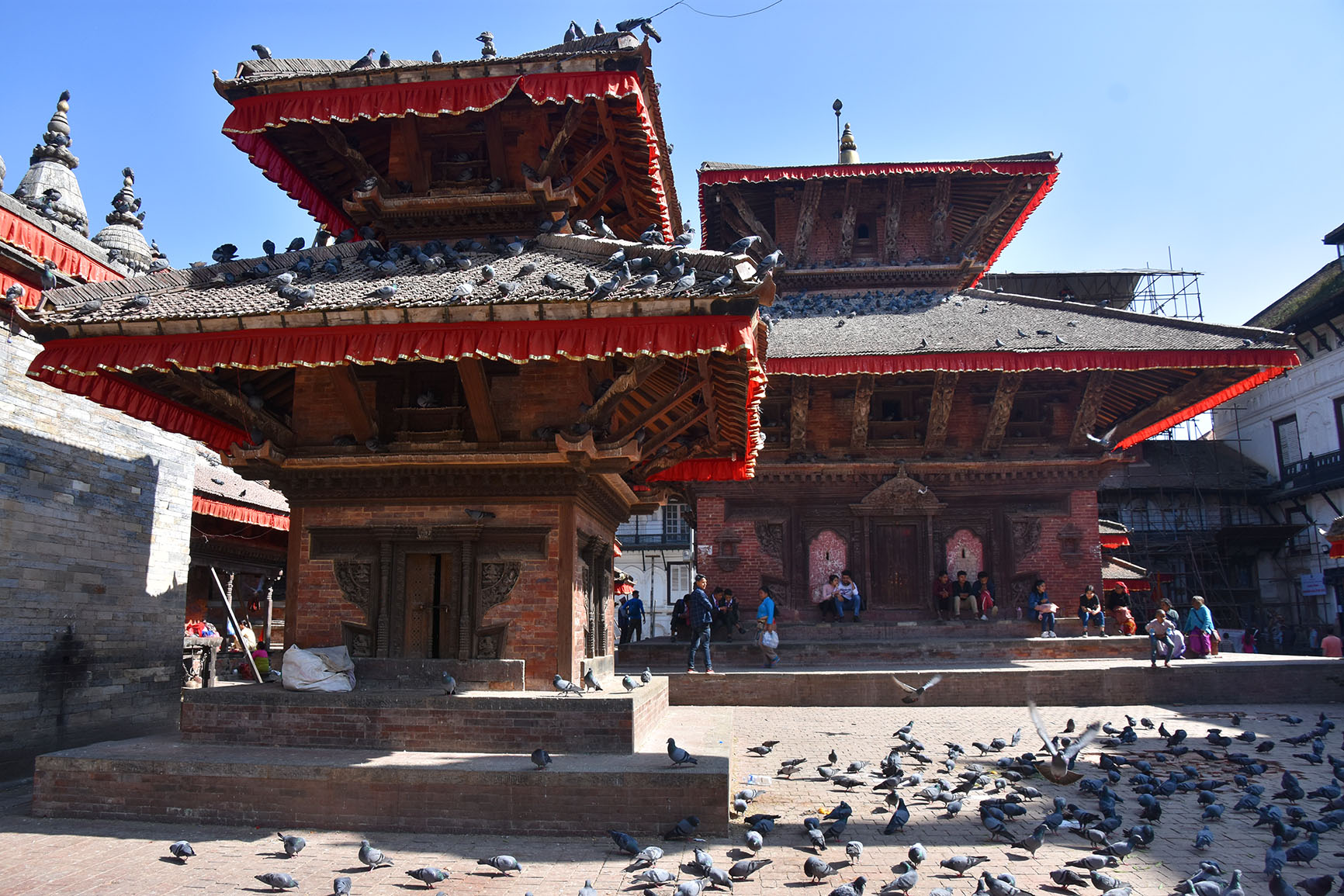








Leave a Reply
Want to join the discussion?Feel free to contribute!